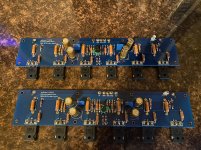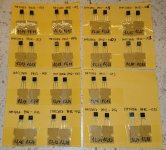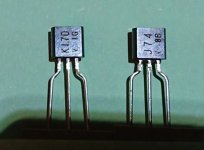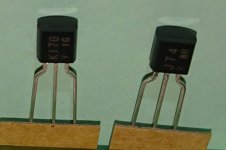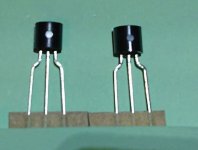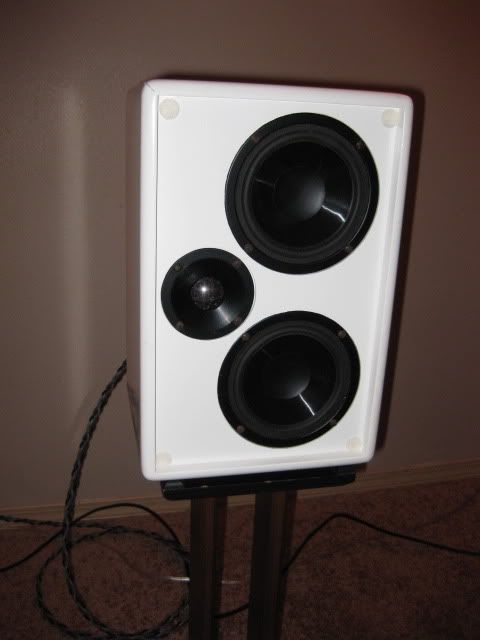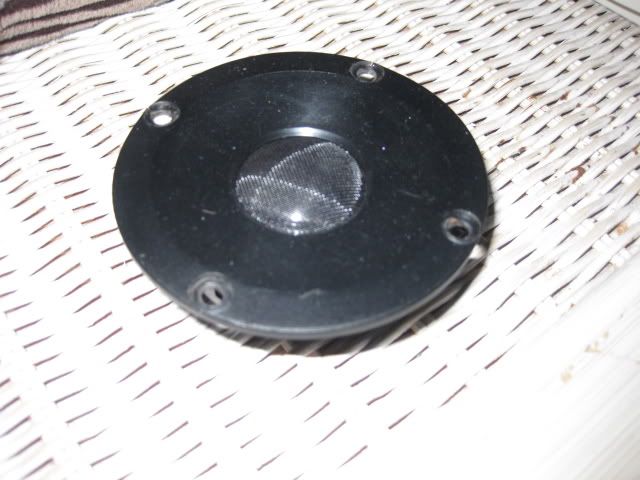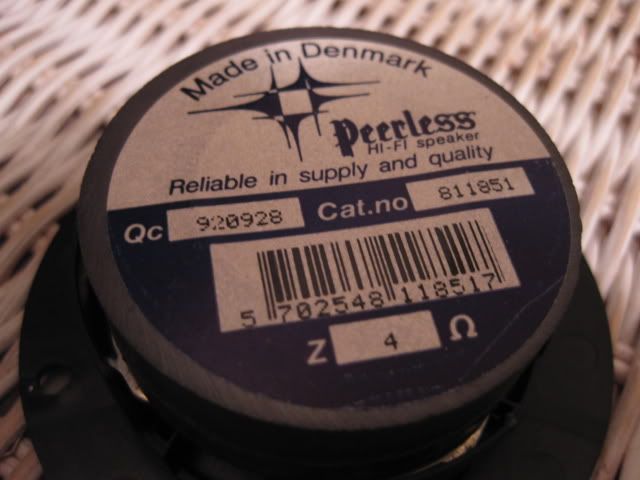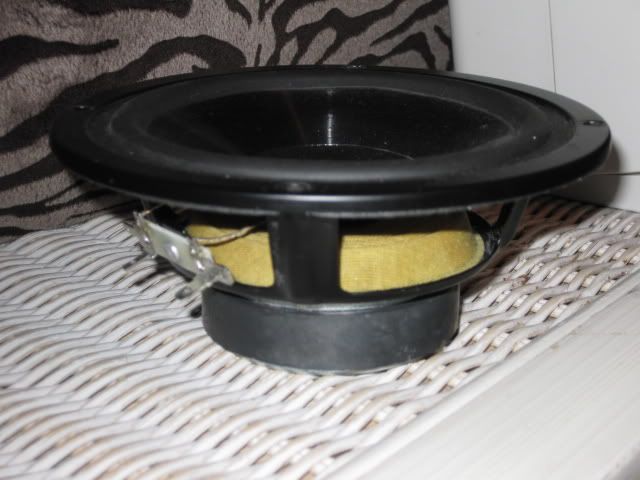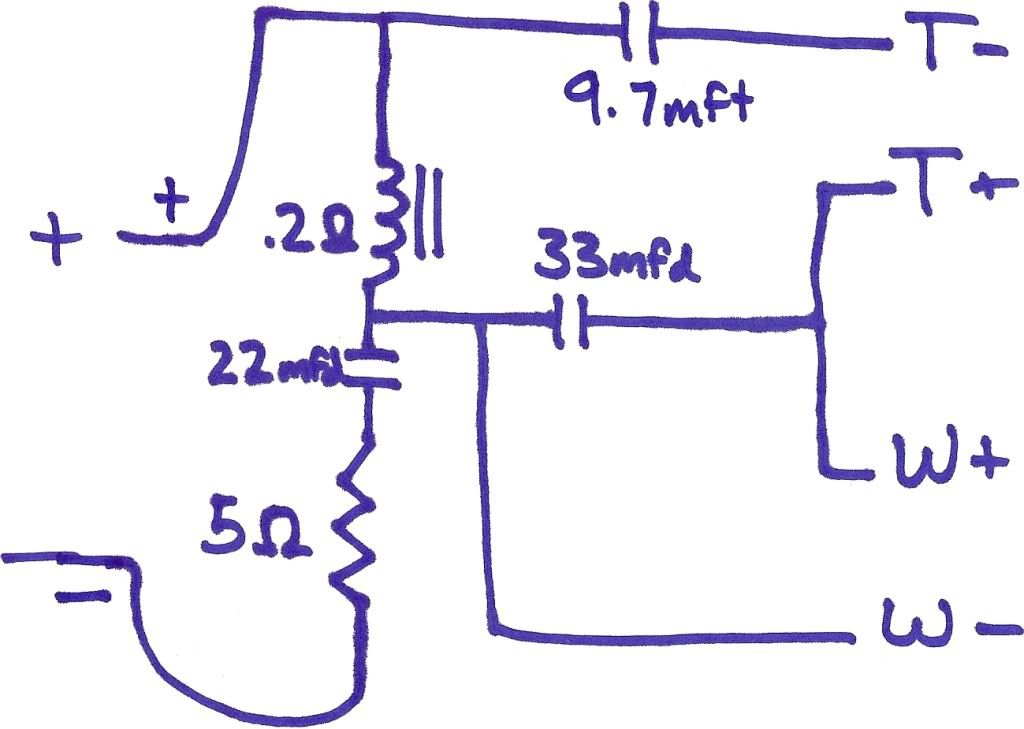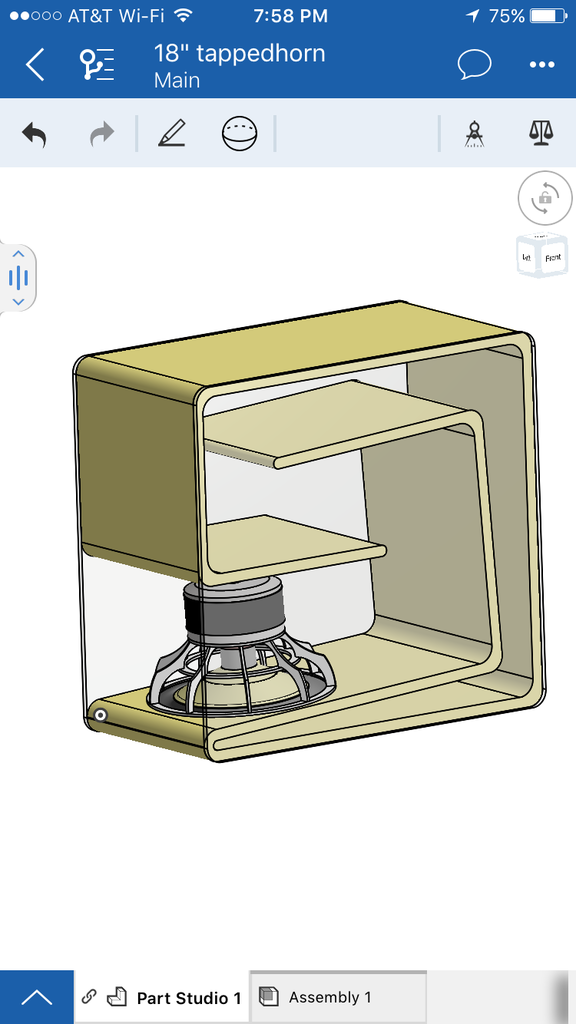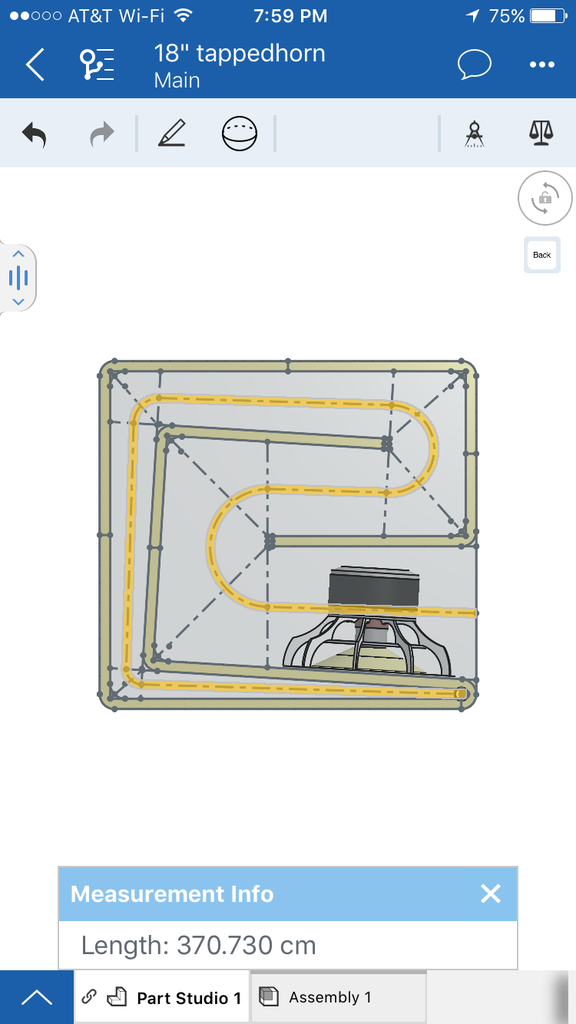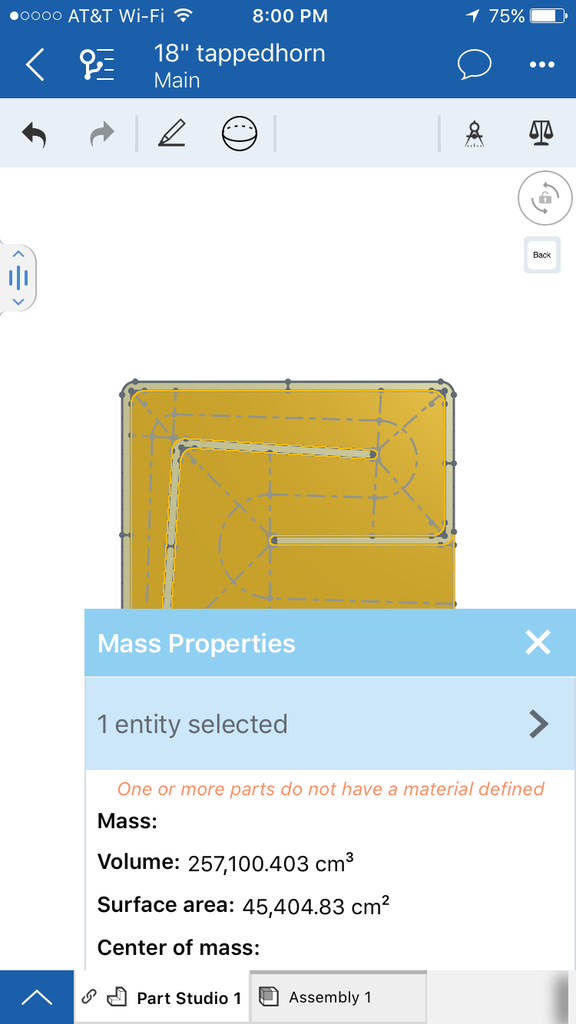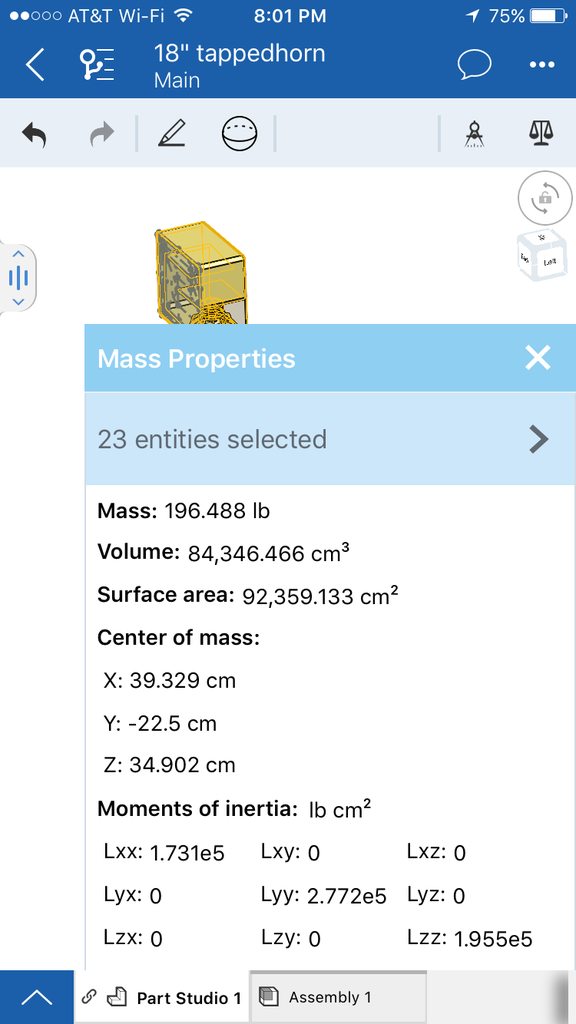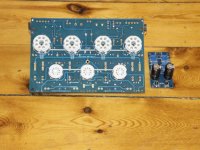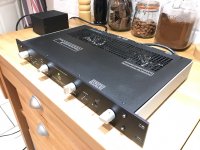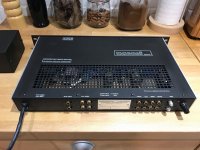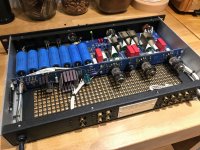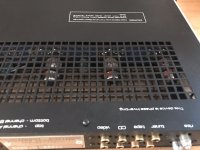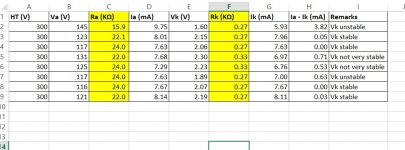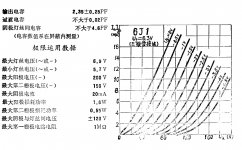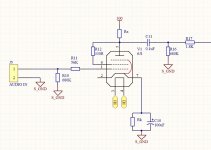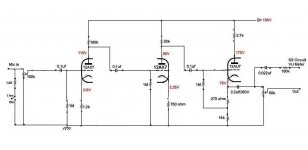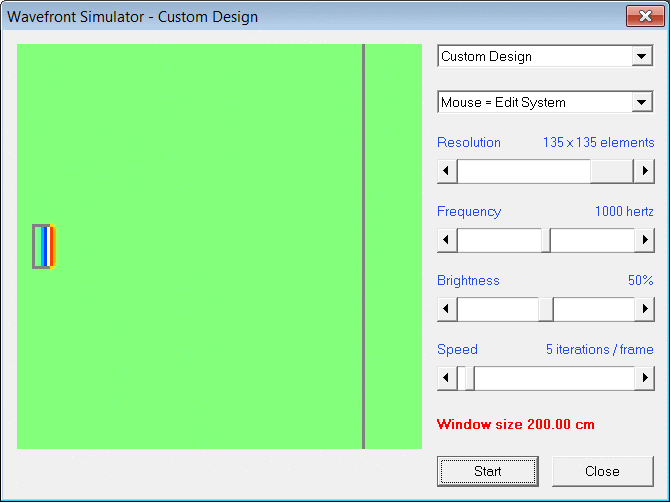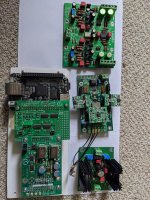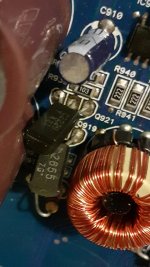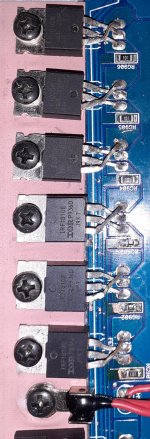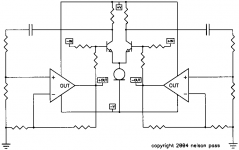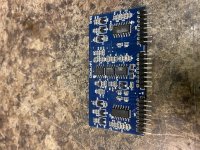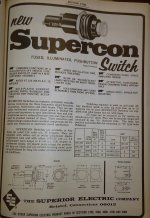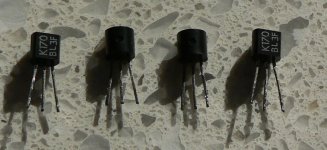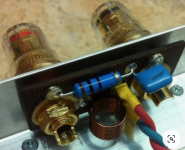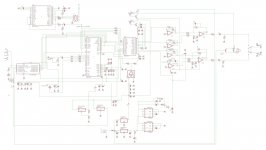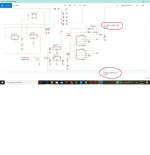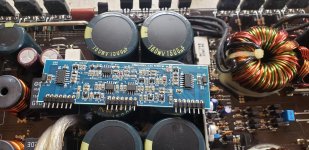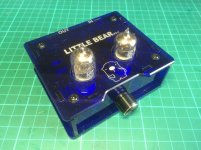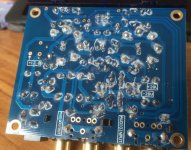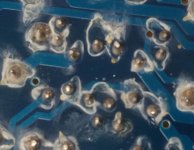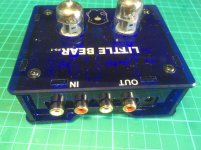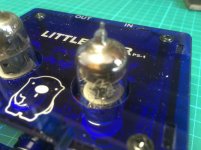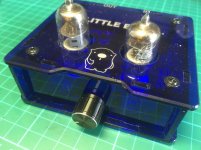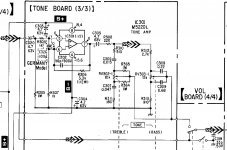I have read various things on allpass filters for phase alignment, including
I'm telling you all this just to show that I'm not a complete newb to the concepts.
Of all these sources, Doug Self's book is easily the most detailed and gives the most thorough treatment. In fact, one can clearly see where Rod Elliot stopped in his analysis of allpass filters, and Doug Self takes it further ahead and explains what Rod observes without referring to Rod specifically. Very useful indeed.
My post is about a very specific and fundamental doubt about Doug Self's Chapter 10. So if you have not read that book, this question may not make sense to you.
What I understand is the following:
- If I split the frequency response 2 ways, then it's almost always the HF branch which needs the all-pass filter, because that's the one which needs to be delayed, since that driver's acoustic centre is closer to the ear
- If I look at all the allpass filters which Doug Self describes in such beautiful detail, starting with first-order and going up to 5th and 6th order, etc, then they all give me the delay (in uSec) I've designed for, in the low frequencies, upto the "knee" with a flat phase and delay, and then the delay goes into an S-shaped curve above that point. The steepness of the curve depends on the order of the filter, but this is the general pattern.
- Doug Self explains that we need to ensure that the delay is constant or hardly changing in the passband of the crossover branch, and if the delay is within 10% of the prescribed amount at the Fc, and is changing by 50% when the transfer function of the branch is 40dB or more reduced (due to the xo slope), then we're fine. Changes in phase or delay won't be audible if we're that many dB down in SPL.
This is all very logical and sensible. But my doubt comes from the fact that all the allpass filter circuits Doug Self shows are those which have a flat delay graph at
low frequencies (see Figure 10.19, 10.23, 10.30, as examples) and show sharp delay and phase changes at the higher frequencies. Then he says that these changes are not important because they are "beyond" the Fc. This would be true if he were to apply the delay filter to the
low-pass branch but actually we almost always need to apply the delay to the
high pass branch, don't we? So, how can he say that "it's ok that the delay changes above the knee, after all the SPL will drop sharply beyond the knee anyway." This is just not true if we apply the delay to the high-pass branch. What we really need is the opposite shape of delay curve from Figures 10.19, 10.23 or 10.30. We need a delay curve which has a rising S shape in the lower frequencies and show a
flat delay curve above the knee to 20KHz.
In other words, in real life, we need delay filters which have a series cap and a shunt resistor at the input to the opamp, not the series resistor and shunt cap. If you use Doug Self's language, then as per his Figure 10.7, we always need the CR filter type, not the RC filter type, because we always want the delay to be steady from the knee frequency to the right edge of the SPL graph, since we always need to apply the delay to the high-pass branch.
Why does Doug Self discuss all his examples the other way round, as if it's okay to have fluctuating delay and phase changes
above the knee? Does he think we want to apply the delay to the low-pass branch?
I hugely respect Doug Self, own four of his books, and I can't believe he's made a fundamental mistake like this. I've been struggling to understand active filters, and I'm sure it's I who have goofed up. Can you please help me understand my mistake?
(All my references to Doug Self's book are to the 2011 edition. I believe there was a second edition 6 years after this?)
